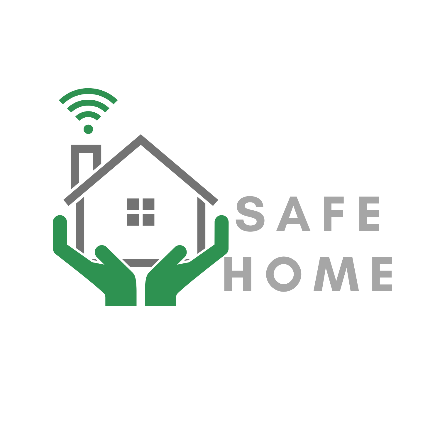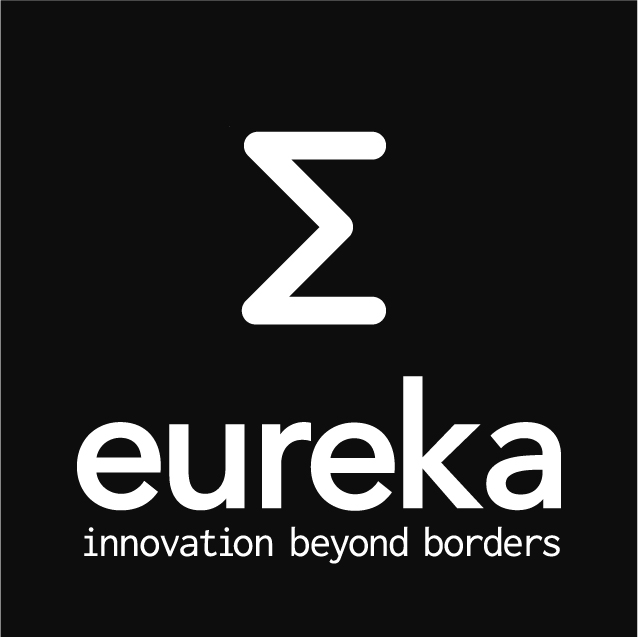Security-aware fog-based efficient Home monitoring for elders

Abstract
The continuous ageing of our population is increasing the burdens on already over-exhausted health-care systems. On the one hand, senior citizens in general would prefer to live at the comfort of their own home, with as much autonomy and independence as possible. Such situation would require close monitoring of their health conditions. Hiring home-carers would put high financial burdens on elders, who are usually retired and living on limited budget. On the other hand, this would require a high number of home-carers, which are probably more than the available. Addressing this topic, SAFE-HOME plans to design a home-based non-invasive monitoring system for elders, enabling them to live a fulfilling life at the comfort of their home, with complete autonomous and independence, yet with the needed continuous connection to the care takers, while invisible.
SAFE-HOME is a multi-disciplinary project, which exploits the intersection of a number of disruptive technologies, namely sensor design, artificial intelligence and machine learning algorithms, and recent advances in wireless networking, with emphasis on the interoperability of fog-cloud. The project aims at designing a system for monitoring the activity and movement of elders within a confined space (Home), in order to understand their activity level, with ability to identify emergency situations for alerting specific personnel, based on emergency type (e.g. medical staff, ambulance, or emergency contact). SAFE-HOME will also consider users surrounding information (e.g.: neighbourhood and city information) in order to enrich solution results. It is important to note, here, that the system is required to be non-invasive and not dependent on the user; hence, for instance, wearables, although can be integrated, are not main components of the system, since they depend on the user always remembering to wear and charge them (at the right times).
The project commits to create tangible outputs, which includes not only design, testing, and implementation, but also inputs to standardization, and regulation where relevant. SAFE-HOME is almost committed to the creation of commercially exploitable intellectual property, in the form of a Non-invasive Home Monitoring solution, specifically tailored for elder citizens’ requirements, including relevant information from the smart building and city. Although by definition SAFE-HOME is a research project, multiple independent modules are envisaged as potential products:
a) A suite of low-cost sensitive sensors, suitable for a wide range of usages;
b) Different combinations of sensors, able to infer diverse behaviour of humans, including activity/inactivity levels, unsocial behaviour, long periods of sleeping, etc.;
c) A smart security-aware, delay-sensitive fog-cloud networking;
d) Different machine learning modules, which can easily be tailored to different products and industry.
e) A smart building sensor network and application to interchange healthcare and other relevant social-care information with the smart city. This outcome will be aligned with current international standardization committees (UNE178108 and ITU L.1370) were consortium partners are already contributing.



